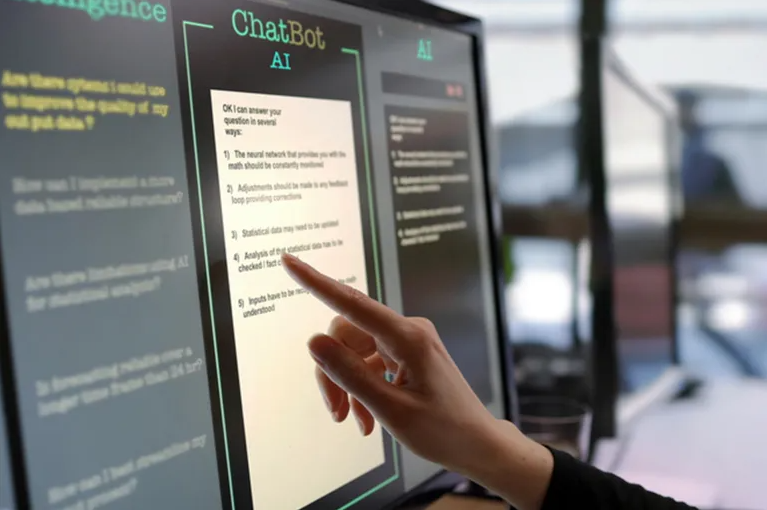
Predicting the weather for the coming days requires analyzing hundreds of millions of readings coming from all around the world daily. These readings come from a wide array of sources, including weather stations, satellites, balloons hovering in the atmosphere, ocean buoys, and even readings captured by sensors on the noses of commercial jetliners.
This vast amount of data is fed into a supercomputer to process it using software capable of performing at least a quadrillion calculations per second. These complex equations are used to create a digital twin that simulates what is happening in the Earth’s atmosphere, allowing for predictions of how the weather will change and evolve over time.
However, the accuracy of predictions is still limited by the maximum processing speed provided by the giant computers currently, just slightly over one exaflop (10 to the power of 18 operations per second).
Scientifically, it is known that as processing speed increases – according to current prediction methods – there is a significant increase in processing power requirements, which limits the improvement of predictions.
Several companies are currently working on designing specialized tools for weather forecasting based on artificial intelligence trained on accumulated massive data. This allows for new methods that result in significant energy savings in the processing required for medium-range forecasts.
The new artificial intelligence tool called GraphCast, developed by Google’s subsidiary DeepMind for this purpose, outperforms one of the best weather prediction models, the European model, in more than 90% of the factors affecting the weather, according to a research paper by DeepMind published in the journal Science.
GraphCast produces its forecasts in less than a minute and uses only a fraction of the computational power consumed by traditional prediction methods because it follows a completely different approach that allows scientists to conduct more accurate simulations of climate, nuclear fusion, natural disturbances, and much more.
If artificial general intelligence is developed with advanced capabilities in processing and understanding natural languages (which is expected soon), it may have the ability to communicate with animals using a form of language or communication.
Currently, scientists use highly technical sensors to record a large amount of sounds and movements produced by some types of animals (such as dogs) and the actions associated with them. Then, they use artificial intelligence software to decipher these sounds and translate them into written and spoken human phrases, and embed the resulting program in an electronic chip and implant it in the animal.
Thus, when a dog makes a sound or movement representing a feeling or need, the electronic chip translates it into a human voice saying, for example: “I need to urinate,” “I’m hungry,” or “I love you,” and so on.
Conversely, the intelligent program translates your words into sounds or signals that correspond to the dog’s understanding so it can comprehend what you want. It seems that the day when talking or communicating with some types of animals (and perhaps plants) becomes available is not far off.
Leave a Reply